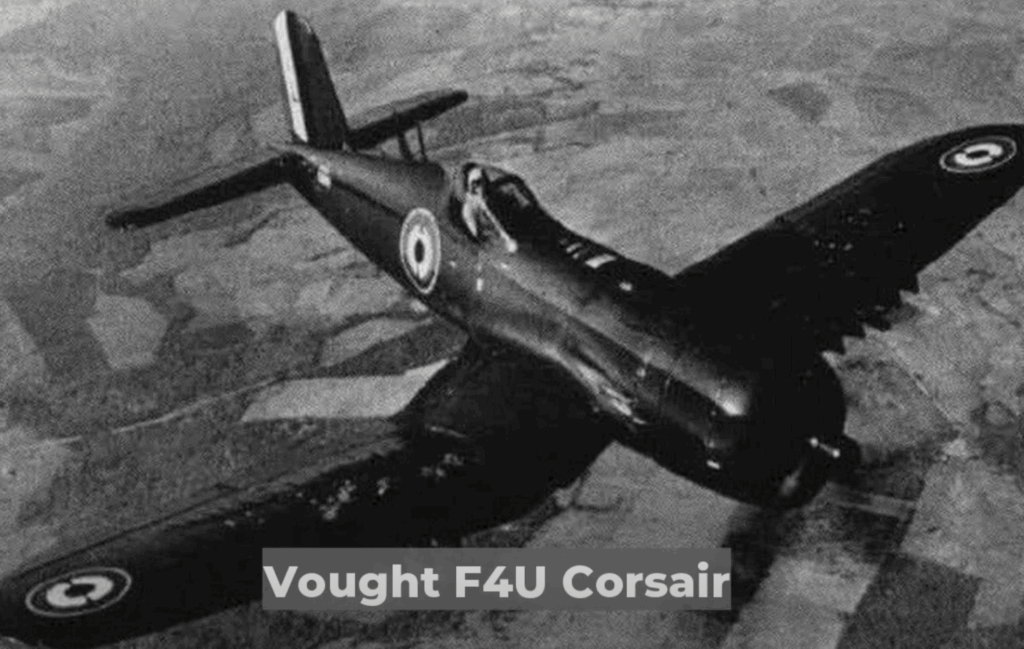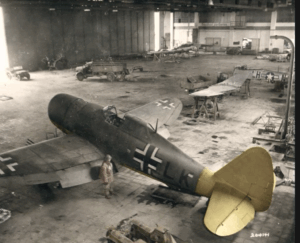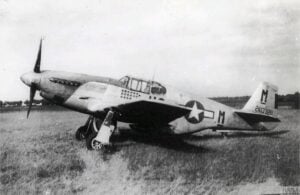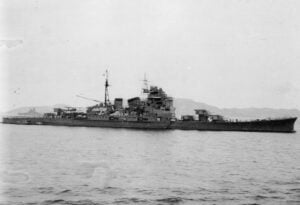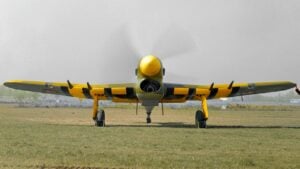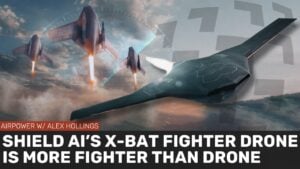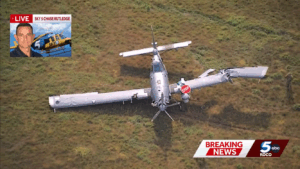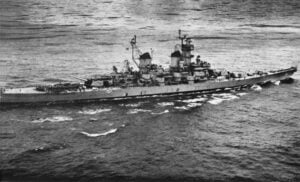Unconventional Techniques WWII Planes Used to Fire Bullets
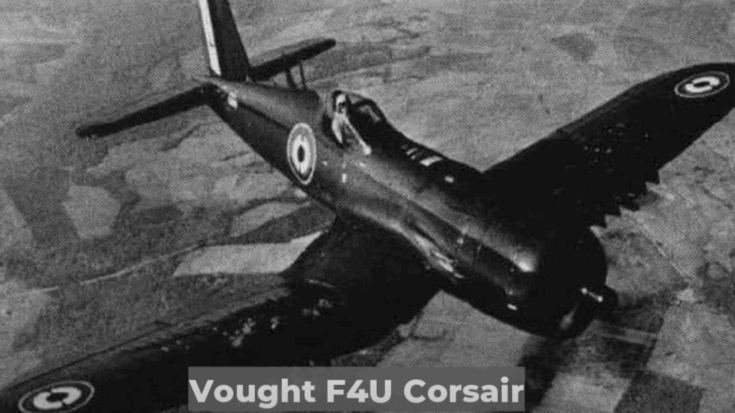
Timeless Chronicles / YouTube
The skies of World War II saw many famous aircraft tested under combat. Some of the most well-known planes include the German Bf 109, the American B‑17 Flying Fortress, and the U.S. Navy’s F4U Corsair. Each of these had unique engineering choices that affected how their guns worked. A closer historical look reveals surprising details about how these machines delivered firepower.
Messerschmitt Bf 109: A Lightweight Design with High-Speed Firepower
The Bf 109 was built with a principle of minimizing parts to keep the aircraft light while still strong. Its engine and landing gear shared mounting points, cutting down complexity. The wings folded inward and the entire engine cowling was in panels that mechanics could quickly remove for maintenance. Inside the wing, it had a single main spar shaped like a D‑torsion box, which made the wing stiffer and allowed efficient mounting of its cannons. This layout let the German fighter carry machine guns and cannons neatly in the wings and fuselage without compromising flight performance.
Pilots controlled weapons fire through triggers linked to the fuselage guns and wings. The plane also featured automatic leading-edge slats on the wings and camber-changing flaps that helped lift at slow speeds. This design allowed the fighter to deliver accurate bursts while staying agile in dogfights.
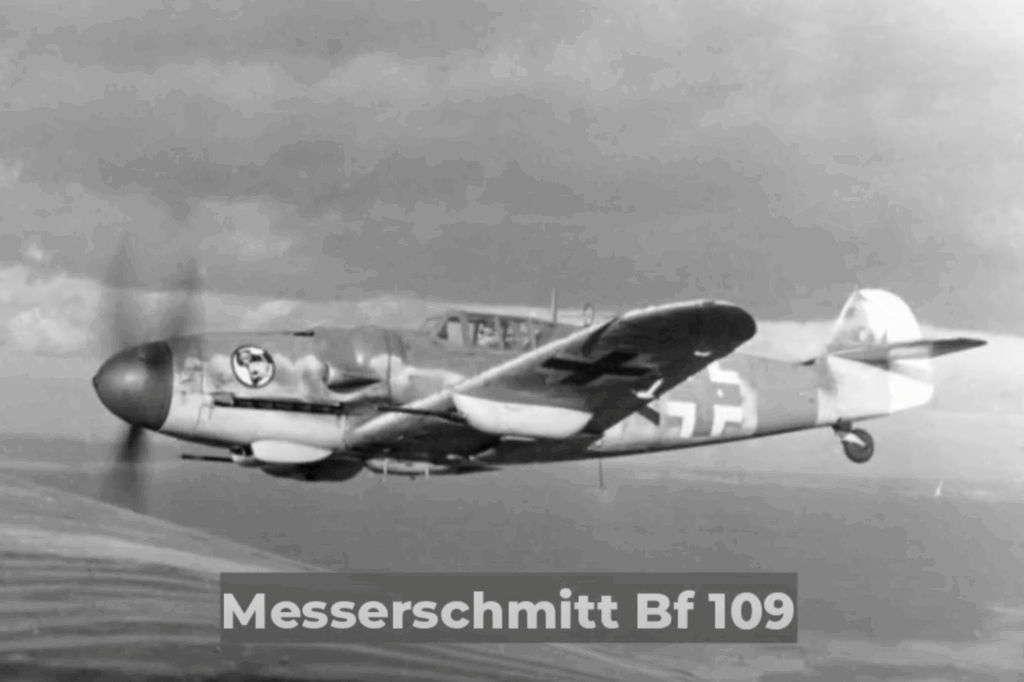
Boeing B‑17 Flying Fortress: Bristling with Defensive Bullets
The B‑17 earned its nickname because of its heavy defensive firepower. Early models had only five guns, but later versions had up to thirteen .50‑caliber machine guns placed in turrets around the aircraft: chin, dorsal, ball, tail, waist stations, and nose. Each gun was electrically fired, and crews relied on power turrets to deliver coordinated bursts at attacking fighters coming from any angle.
Inside, the bombardier used a Norden bombsight linked to the autopilot to align the plane for a bombing run. As the bomber was flying in formation, gunners had to focus on tracking fast-moving enemy fighters while maintaining position. The heavy armament meant the B‑17 could fend off attackers from multiple directions without carrying heavy bombs loaded at high altitude.
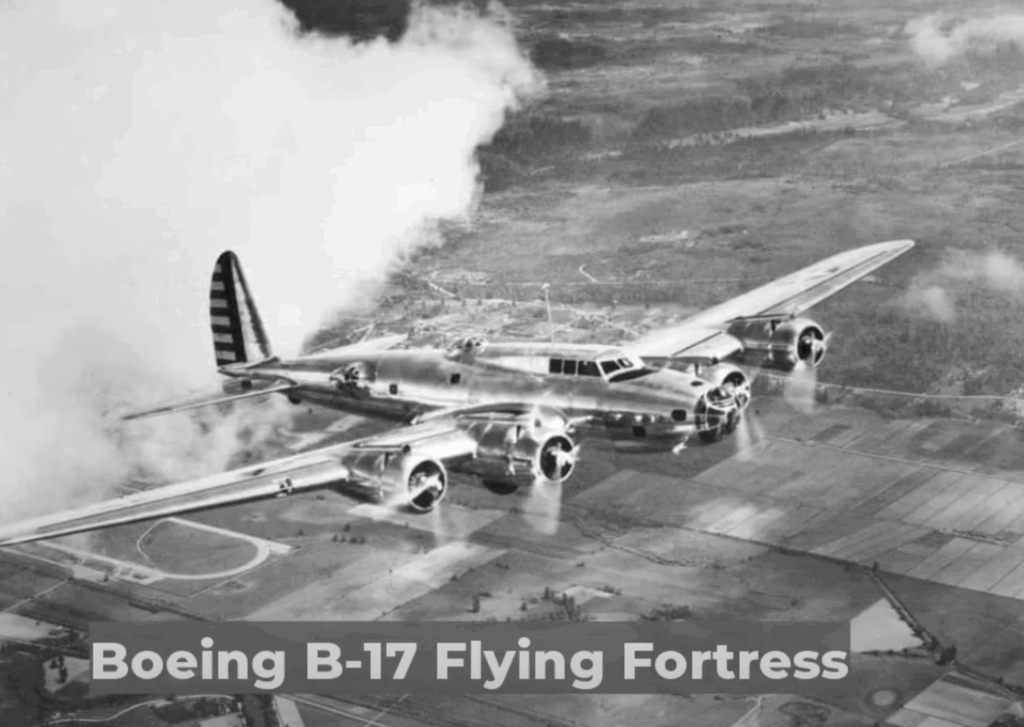
Vought F4U Corsair: Wing‑Mounted M2 Bringers of Lead
The Corsair started with light armament, including .30 and .50‑caliber guns near the cockpit and wing edges. After combat feedback from Europe, the design changed. Engineers moved fuel tanks into the fuselage and lengthened the body to make room for six .50‑caliber Browning M2 machine guns mounted in the wings—three on each side—with ammunition capacity adjusted accordingly. In some later versions, engineers replaced the wing guns with four 20 mm cannons for better punch, though these were less common.
In air combat, those guns did not protrude past the wing edges, and bullets exited through tunnels built into each wing to preserve aerodynamics. The Corsair’s distinctive gull‑wing design helped achieve the ground clearance needed for its large propeller and simplified housing for its armament setup.
